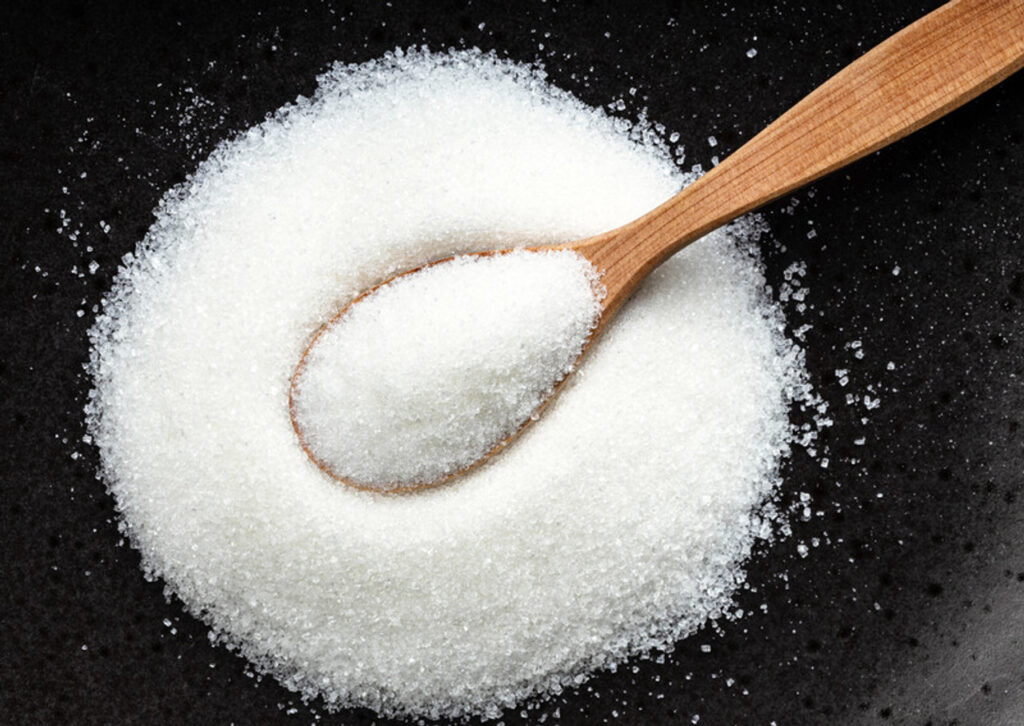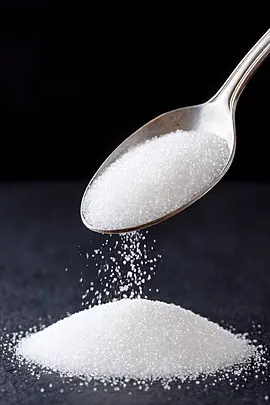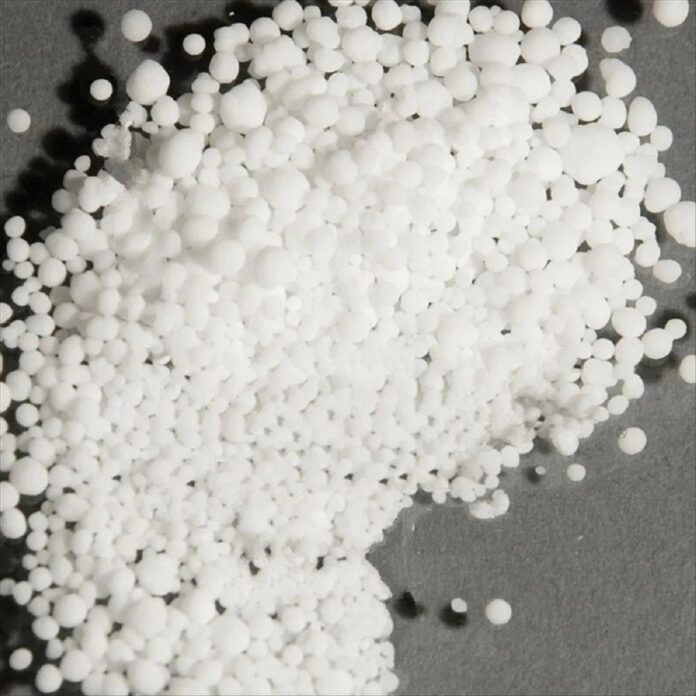INTRODUCTION:
Pearl Ash, also known as potassium carbonate (K₂CO₃), is a white, water-soluble salt that has been historically used in a variety of applications. The name “pearl ash” originates from its pearly, ash-like appearance when produced by heating potash (a term for various potassium compounds) in a kiln to remove impurities.

Hindi: पोटैशियम कार्बोनेट / मोती राख
Urdu: پوٹاشیم کاربونیٹ, جواکھار
Bengali: পটাশিয়াম কার্বোনেট
Tamil: பொட்டாசியம் கார்போனேட்
Telugu: పొటాషియం కార్బోనేట్
Malayalam: പോട്ടാസ്യം കാർബണേറ്റ്
Kannada: ಪೊಟ್ಯಾಸಿಯಂ ಕಾರ್ಬೋನೇಟ್
Gujarati: પોટેશિયમ કાર્બોનેટ
Marathi: पोटॅशियम कार्बोनेट
Punjabi: ਪੋਟੈਸ਼ੀਅਮ ਕਾਰਬੋਨੇਟ
HEALTH BENEFITS:

Leavening Agent:
It was traditionally used in baking as a leavening agent, reacting with acidic ingredients to release carbon dioxide, which makes dough rise.
Alkalizing Agent:
It is an alkaline substance that can help regulate pH levels, though this use is not generally supported for internal human consumption.
Industrial Applications:
It’s used in some specialty glass applications, as a pH regulator in chemical processes, and as a source of potassium in agriculture.
Cleaning and Preservation:
Historically, it was used for cleaning and preserving food.
Glass Manufacturing:
It acts as a flux to lower the melting point of raw materials, reducing energy consumption and emissions.
Soaps and Detergents:
Its alkaline nature helps neutralize and remove oils and grease, while also producing lather in soaps.
Ceramics and Fertilizers:
It is a key component in the production of ceramics and is used in fertilizers to enhance plant growth.
Water Treatment:
It helps soften hard water and reduce mineral buildup, promoting cleaner production cycles.
Chemical Processes:
It serves as a solvent for CO2 capture, a process to reduce carbon emissions, due to its stability and high absorption capacity.
SIDE EFFECTS:

Burns and severe pain in the mouth and throat.
Throat swelling, which leads to difficulty breathing.
Drooling.
Severe abdominal pain.
Diarrhea.
Chest pain.
Rapid drop in blood pressure (shock)
Vomiting, often bloody.
HOW TO USE:
In Baking (Traditional Use as Leavening Agent):
Pearl ash reacts with acidic ingredients (like buttermilk, sour milk, or lemon juice) to release carbon dioxide gas.
This gas helps dough or batter rise, making baked goods lighter and fluffier.
Typically, a small amount (about 1/2 teaspoon per cup of flour) is mixed into the dry ingredients.
Since pearl ash can taste bitter if not neutralized properly, it’s important to use it with enough acidic ingredients.

2. In Soap Making:
Pearl ash acts as an alkali to help saponify fats and oils.
It is dissolved in water and mixed with fats to create soap.
It requires careful measurement and safety precautions, like wearing gloves and goggles.
3. In Glass Manufacturing:
Pearl ash is used as a flux to lower the melting point of silica.
It helps in forming the glass mixture.
This is an industrial process and should be handled by professionals.
4. As a Drying Agent or Laboratory Reagent:
Pearl ash can be used to absorb moisture or carbon dioxide in chemical experiments.
It is usually handled in small quantities and stored in airtight containers to avoid moisture absorption.
Important Safety Tips:
Always handle pearl ash with care; it’s a strong alkaline substance.
Avoid direct contact with skin and eyes.
Use in well-ventilated areas.
Keep out of reach of children




